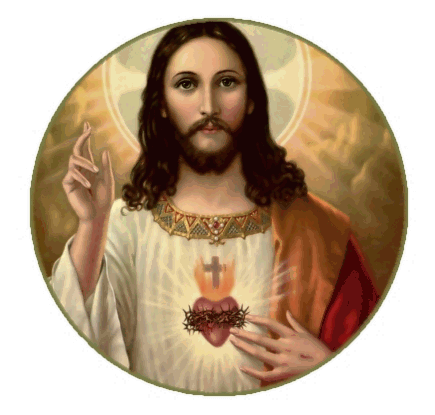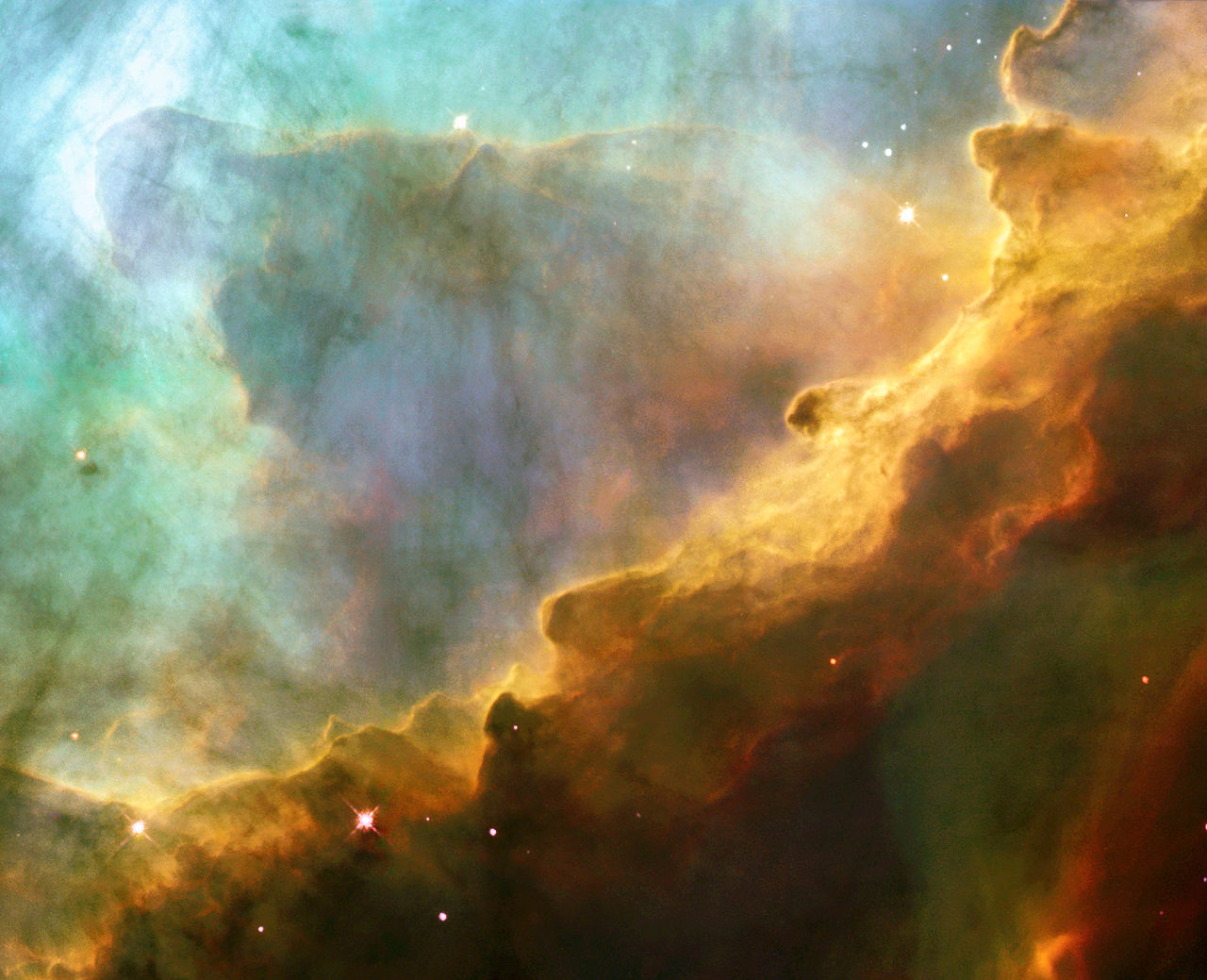Icons
| Images are very important. They can evoke strong emotions and connections. They are involved in the way our psyche functions. We have shown much beautiful Christian Art and images on these page, are they violations of the Second Commandment? |
|
|---|---|
Christ the Pantocrator, 6th Century Icon, Monastery of St. Catherine, Mount Sinai, Egypt. Pantocrator means All Mighty in Greek, and is a term to describe icons of Christ. |
 |
The icon in the Eastern Church serves a similar purpose to the Gospels in the Protestant Churches and statues in the Catholic Church. They are an aid for worship, and the icons are not to be worshipped themselves. Part of the reasoning was, that since Jesus Christ was the incarnation, God in human form, then using an image, or icon, of Jesus son of God is not sacrilegious, as the Second Commandment would indicate.
Icon is from eikon, the Greek word for image. Icons are a major part of the Eastern, or Greek Orthodox branch of Christianity, in the same way that paintings and statutes were important during the Renaissance in Europe.
A legend about the icons is that Jesus made the first icon when an image of his face on a cloth miraculously appeared. This sounds similar to the Shroud of Turin.
In 730 A.D. Emperor Leo III ordered the destruction of all icons, arguing that the icons were being worshipped as idols. A second council of Nicea, in 787 A.D., voted to reestablish use of the icons. This has led to the veneration of saints and sacred objects such as relics. There is a fine line between worshipping and treating with respect and reverence.
| Bronze Crucifix , by Donatello, 1449 Basilica di Sant'Antonio, Padua |
 |
|---|
The 2nd Commandment in the Christian traditon, paraphrased, is “Thou shalt not make unto thee any graven image”. Part of the rationale for the 2nd Commandment is that images and icons limit the imagination of the spiritual.
Generally, Moslems and Hebrews adhere to this Commandment, but somewhat strangely, Christians do not. Catholics have the crucifix and the Protestants have pictures of Jesus. In our own time, there is much outrage for depicting and insulting the prophet Mohammad and Allah.
The other part of the terrorist action was to stifle journalists and cartoonists who mock the prophet, free speech, liberty and and to promote power for themselves.
Simple lessons in history have shown that the Catholic Church has stifled speech, writings and investigations for almost as long as the church has been in existence. Our lesson is, first, that we should respect other’s religions and their sacred symbols.
There appears to be esoteric and exoteric levels associated with the icons, as we have seen in the interpretation of the Gospels. On the esoteric level, icons can express the mystery of the Divine and as a way to communicate with the Divine. The icons can serve as a spiritual allegory designed to guide initiates on a journey of mystical discovery of the Jesus Mysteries.
| To the right is a common image of the Sacred Heart of Jesus. In the Catholic Church there is a special technique of a devotion to or meditation on the Sacred Heart. It probably began during the eleventh century in monasteries and developed into its present form around 1675 by St. Margaret Mary, a French nun, who had a series of visions and ecstatic experiences. |  |
|---|
The Church is careful to state that this is not worship of the physical heart, but it is a symbol, or real sign, of the love of Jesus and God. And this devotion to the Sacred heart is a way to focus on the life and virtues and passion of Jesus, as well as the sadness in the rejection of Christ by some (most) of humanity, as “revealed” to St. Margaret Mary. And apparently, the devotion on the “Heart of Flesh” can be extremely emotional and graphic. But such meditation can be a real technique toward Christ Consciousness.
There are many ways, forms and paths.
The Next Reformation must be open and accepting of all healthy expressions.
We will be able to learn and experience some value in all these things.
There is an emotional something in these icons and this appears to be related to Christ Consciousness.


